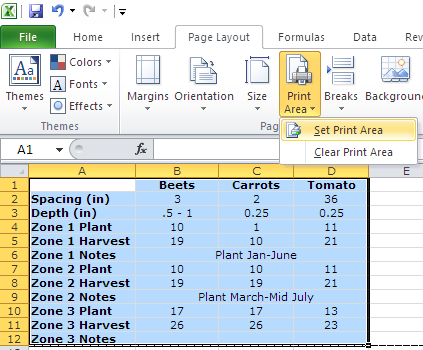

Instead of testing each variable individually, make a What-if analysis data table and observe all possible outcomes with a quick glance! You have built a complex formula dependent on multiple variables and want to know how changing those inputs changes the results. Learn how to create a one-variable and two-variable table to see the effects of one or two input values on your formula, and how to set up a data table to evaluate multiple formulas at once. Here we discuss its uses, advantages, and how to create Excel Tables along with an example and downloadable excel template.The tutorial shows how to use data tables for What-If analysis in Excel. This has been a guide to Tables in Excel.

The table name can be the combination of words, but only underscore can be used while joining the words.There should be no space in the table name.When assigning the table name, the below points should be kept in mind. It provides all the facilities of the Pivot Table. After clicking on this, It will open a dialog box “Create Pivot Table”.Click anywhere in the table and choose the Summarize with Pivot Table option under the Tools section. With the help of an Excel table, we can easily create a Pivot Table.Note: In our example, there is no numeric data hence it’s showing the total no. It will show a drop-down list of various mathematical operations. The Total Row option can be easily performed SUM, COUNT etc., operations.įor this facility, click anywhere in the table and press shortcut key CTRL+SHIFT+T… Refer to the below screenshot:


Excel Conditional Formatting in Pivot Table.


 0 kommentar(er)
0 kommentar(er)
